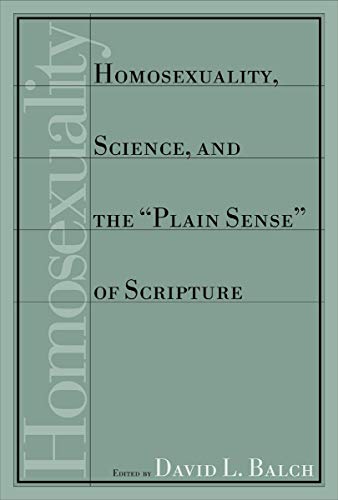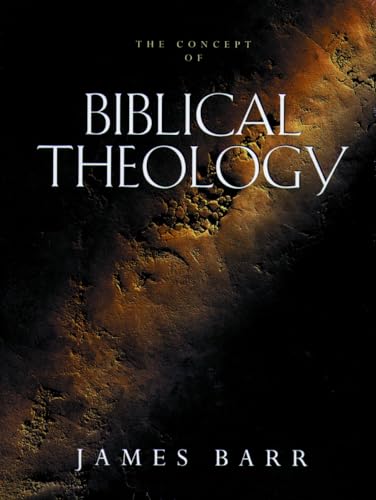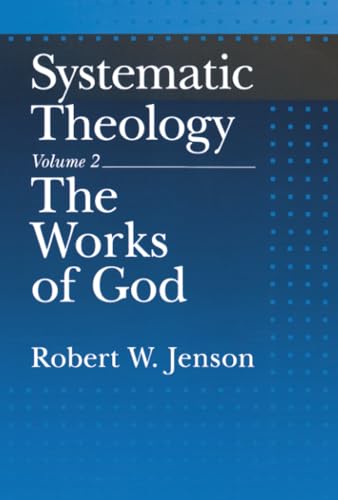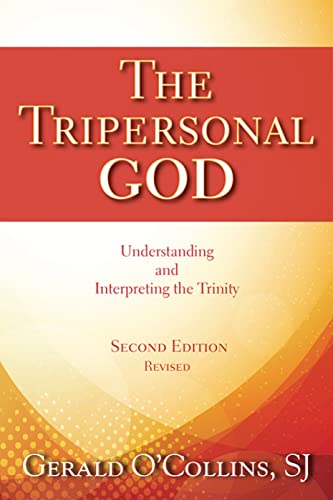In Him We Move: Creative Dancing in Worship
Written by Janet Randell Reviewed By Sara B. SavageVolumes 1 and 2 of In Him We Move represent what is likely to be the most comprehensive practical guidance for dance in worship to date, based on the author’s immense experience as a free-lance choreographer and director of the Cedar Dance Theatre Company. Volume 1, reviewed here, opens with some biblical background to dance in worship. Next in the first chapter is a historical survey of dancing in church, packed with information one is unlikely to come across in other historical surveys of liturgical dance. Important issues are raised in seed form: the relationship of the spiritual to the physical, the effect of neo-platonic dualism on the theology of the early church and its effect on our attitudes to the human body.
The second chapter gives practical advice on getting people moving in worship. Sensible warm-up exercises, complete with biblical imagery, are given for beginners. The basics of dance technique are presented with clear diagrams geared to the non-dancer, although these will be most fruitful in the hands of those with some prior dance training. Ideas for tailoring movement to people in wheelchairs or with other disabilities bring a truly inclusive dimension to this volume on dance in worship. The message of the book is clear: everyone can use their body in worship. The message is backed up with practical and scholarly advice for producing already choreographed dances on major Christian themes, along with preparatory improvisations. The choreography is geared to a range of levels of dance experience: beginners, intermediate, advanced, and those with special needs. Notes are given on the music for the dance, the spiritual and biblical inspiration behind the dance is described, and even a historical background for the various dance steps is provided. Those who want to go on to produce these dance will need to purchase Volume two: Manual of Creative Dances of Worship, with its clear diagrams and unique dance notation system for 25 dances on major Christian theme choreographed by Janet Randall.
In Volume 1, the generous array of photographs of the Cedar dances will inspire the reader with their simplicity and purity of line. These images give a sense of the timeless aesthetic of Cedar dances, while other aspects of the volume may come across as a bit more dated. Some readers may feel that the worship dances are locate firmly in the 1970s and 80s, and seem best suited for mainly evangelical of charismatic churches. However, it would be possible to glean the underlying artistic and spiritual principles from both the advanced and beginners’ dances in order to creatively apply them to worship in our postmodern era.
While Volume 1 gives helpful advice for dance in worship at different levels of expertise, the author does not explicitly address the issue of proficiency: is just any level of dance training appropriate for public performance, including church services? There are different views on this issue. It is helpful, in my opinion, for a clear distinction to be made between congregational dance in worship, (which is inclusive and democratic, but is not necessarily a public event to be watched), and dance in worship as a publiclyperformed art. The latter calls for intensive dance training as well as theologically and spiritually inspired choreography. Janet’s advanced dances cater for this arena. While the two volumes provide almost everything that a person needs to get started in dance in worship at a beginner’s level, I would want to see these volumes used as a springboard rather than as a cloning device. There is no shortcut to producing socially relevant, spiritually inspired, original dance works which have the power to lift performers and congregations into worship. While years of training and hard work are required for those called to public performance, these manuals are an ideal place to start.
Sara B. Savage
Cambridge






